Catch up with Liquitex Innovation Chemist Johny to learn more about the process of developing the world’s first bio-based fine art acrylic paint.
WHAT'S THE DEAL WITH BIO-BASED HEAVY ACRYLICS?
Since 1955 - when Liquitex invented the first artists acrylic – most acrylics have been made with binders derived from fossil fuels. It’s one of the things that gives them such a unique character, high performance and reliability. To switch this to non-petroleum-based hasn’t been done before in the realm of pro-grade paints. It’s demanded LOTS of experimentation and work in the lab to achieve the stable, high performance result you expect from Liquitex.
WHAT'S A BIO-BASED PAINT?
It’s one made from at least 50% bio-based ingredients from renewable sources. These include crops like corn soy or sugarcane, algae and leftovers from agricultural and food processing… all renewable as they can replenish pretty quickly through natural processes or agricultural practices. Think how quickly a plant grows compared to non-renewable resources like fossil fuels that take millions of years to form.
TALKING CHEMISTRY, WHAT'S THE DIFFERENCE BETWEEN THIS AND THE REGULAR LIQUITEX RANGE?
The first is the behind we use. Acrylic binders are polymers: very long molecule chains made up of smaller building blocks called monomers. The monomers in most acrylic formulations come from fossil fuels. For Bio-Based we’ve chosen to use a majority of monomers from renewable sources.
The second is a switch from petrol oil based raw ingredients to ones based on sustainable vegetable oils. These updates give the new range a formulation with an average bio-based content of 50%.
WHAT ARE THE KEY BENEFITS OF BEING BIO-BASED?
Using renewable resources is much better for the planet and a more sustainable way of living. These ingredients have less environmental impact than petrol-based materials, with a lower carbon footprint. We’re also making use of waste by-products from other industries. By using a wider range of agricultural products in our raw materials we are also promoting biodiversity. The more these renewable ingredients are used in place of non-renewables, the quicker the world changes its focus.
WHY CAN'T YOU MAKE IT 100% BIO-BASED?
At this point in time, it’s not actually possible to have a fully bio-based acrylic formula that is consistent lightfast and archival. And this is a MUST for any Liquitex paint. With the ingredients currently available to buy globally, we can only get to 50% bio-based without sacrificing quality. You may see other non-acrylic, or non-fine art painting materials with a higher % - they’ll be based on a different chemistry which uses different materials and there may be sustainable options of more of these readily available.
HOW DO YOU MEASURE THE BIO-BASED PERCENTAGE IN EACH FORUMLATION?
We use a test called a C14 analysis. This is a standardized test used for all sorts of purposes - from carbon dating relics to working out the age of trees. It’s basically a way of measuring carbon release. Every living thing gives off a carbon isotope called C14, so plant materials will release C14, while fossil fuel-based extracts won’t. Our analysis measures the amount of carbon derived from the renewable ‘living’ sources compared to the carbon derived from fossil fuels that do not contain C14.
YOU SAY THE PRODUCTS ARE LIGHTFAST AND ARCHIVAL? HOW DO YOU MEASURE IT?
This is done in one of our specialized lab machines: the Q-Sun Xenon chamber. We paint swatches of the Bio-Based paints and mediums onto card, then cover half of each swatch to protect it. The card is next put into the machine for 300 hours to be bombarded with extreme conditions of bright light, high humidity and temperature, before being evaluated against the protected section. These conditions let us see how lightfast the pigments are, and see if the acrylic film yellows, cracks or peels. Essentially, we need to ensure it’ll give you the stable result you expect from a Liquitex product, and your artwork will stay as intended when it’s hung on a wall for years.
WILL YOU INCREASE THE BIO-BASED PERCENTAGE IN THE FUTURE?
Yes! It’s extremely exciting being at the forefront of this. We’re busy working with suppliers and research centers to develop new biotechnologies and sustainable sourcing methods; so as new methods and ingredients emerge, we’ll test them out. Our end goal is to balance a higher bio-based %, while keeping quality and functionality - and staying in the same price bracket we are at now, so these planet positive materials are a realistic commercial option for artists.
DOES IT HAVE A SHORTER SHELF-LIFE BECAUSE IT'S ECO-FRIENDLY?
Nope. Our Bio-Based acrylics go through the same shelf-life testing as the rest of our range - and have showed equal, if not better, performance!
THE BIO-BASED HEAVY ACRYLICS RANGE COMES IN RPET POTS. WHAT DOES THIS MEAN?
Good question! RPET is a shortening of Recycled Polyethylene Terephthalate, a type of plastic that is made from recycled PET (Polyethylene Terephthalate). You’ll find containers like mineral water bottles are often made of PET. By giving a second life to all the bottles that would have ended up in landfill, RPET helps reduce waste and the consumption of raw petrochemicals, making it a much more sustainable option. And by switching from metal tubes to RPET pots, we’ve gone for a more eco format. Tubes can’t currently be recycled or reused, while pots let you get to all the product easily, can be washed out fully ready to reuse or recycle.

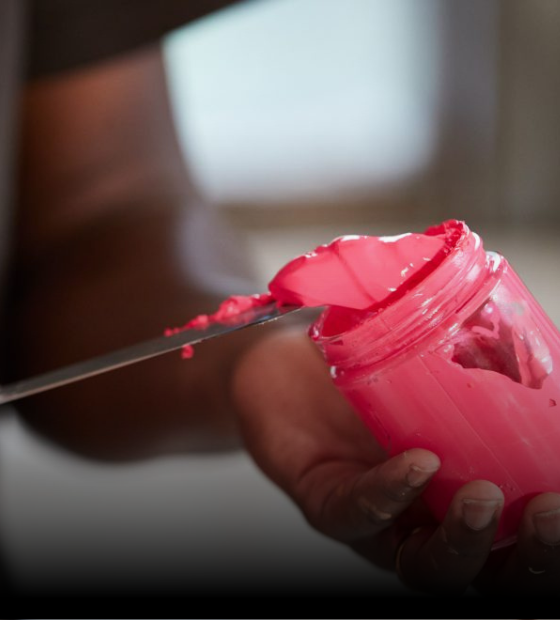
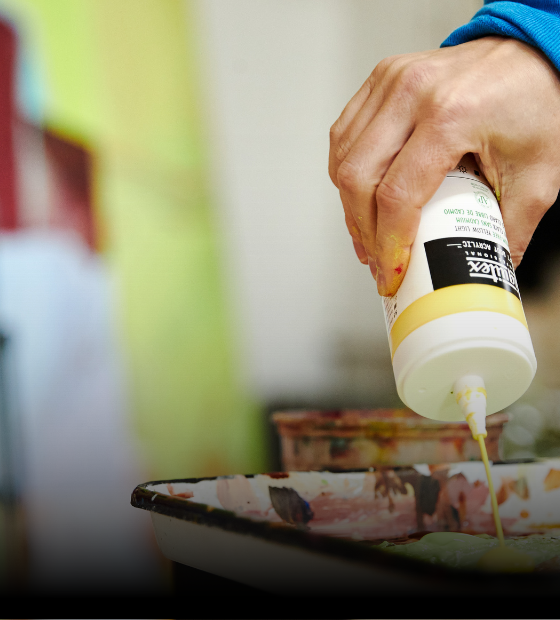
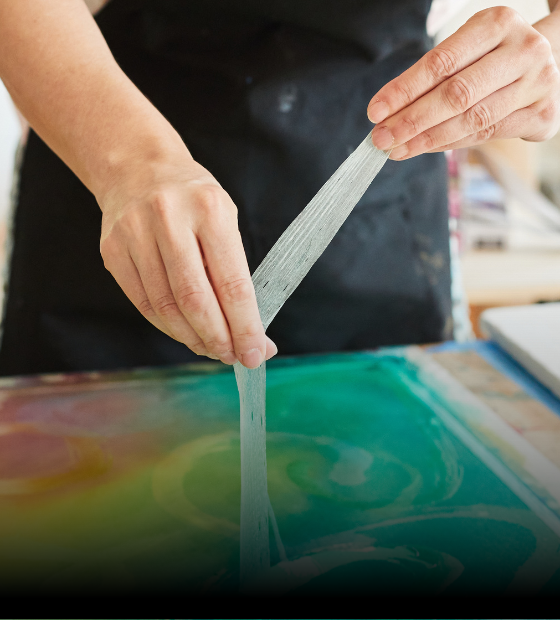
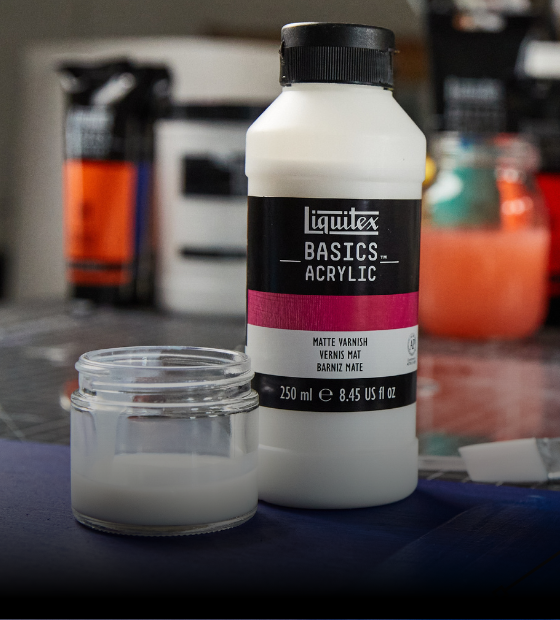
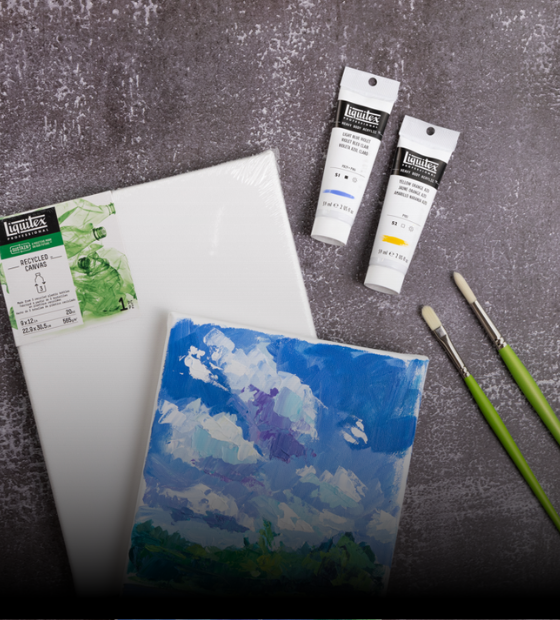
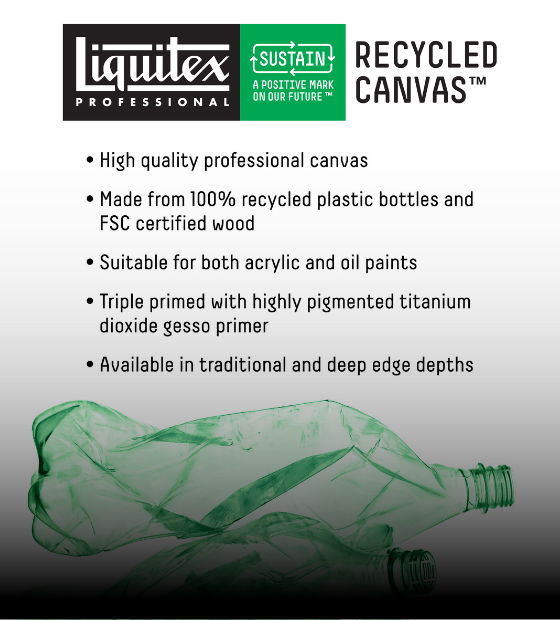
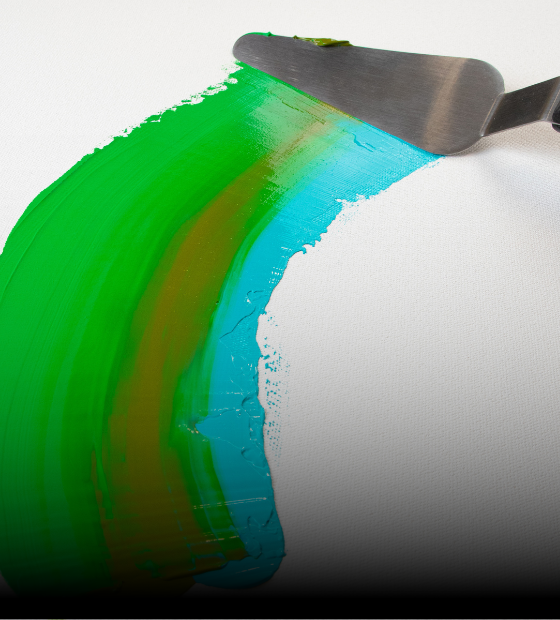
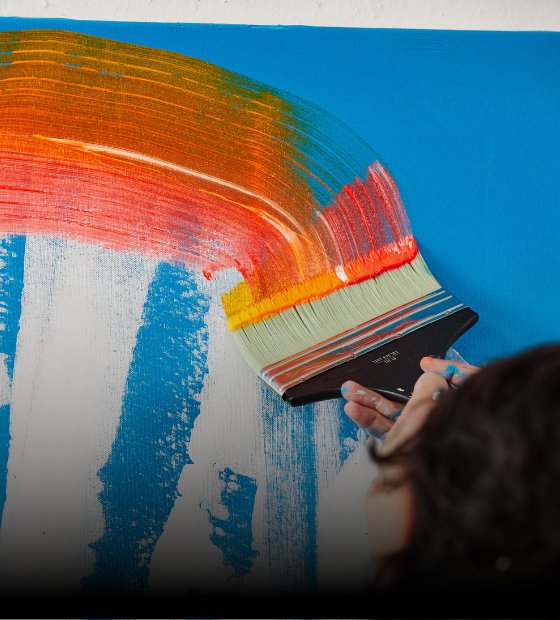

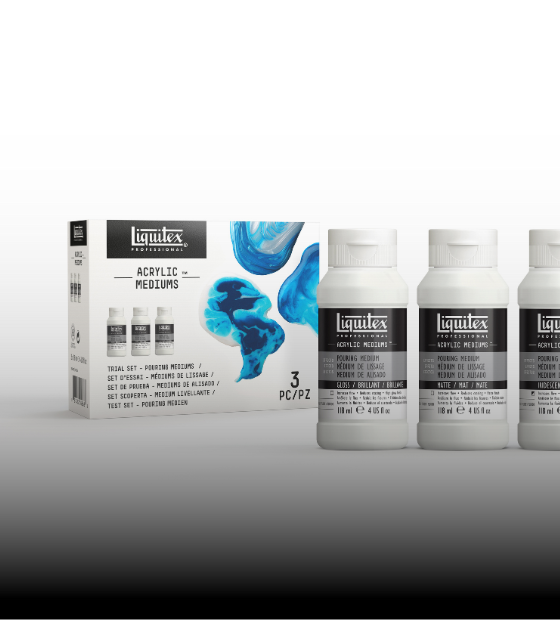

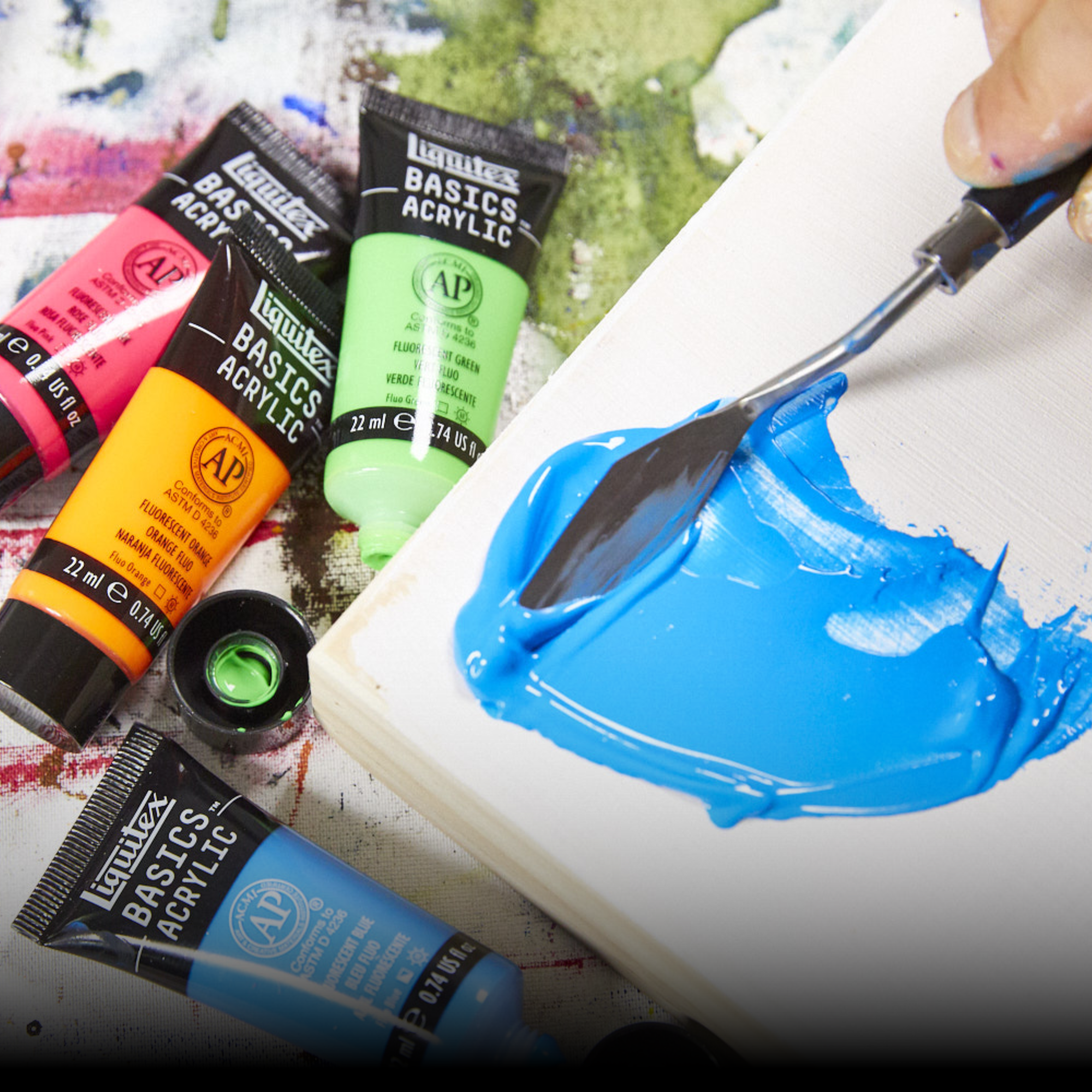
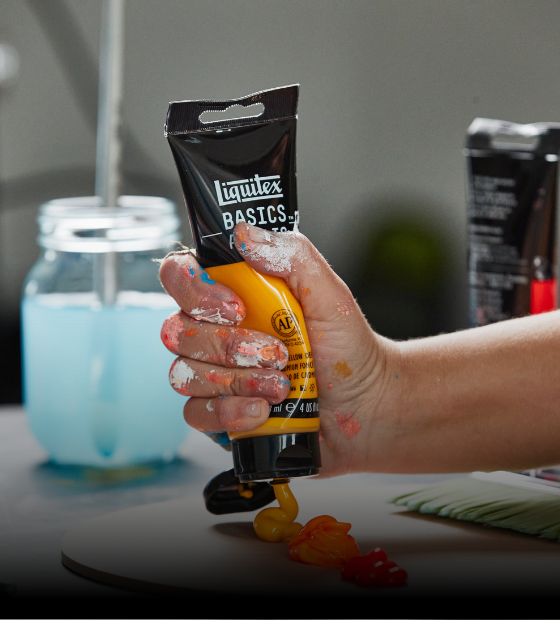
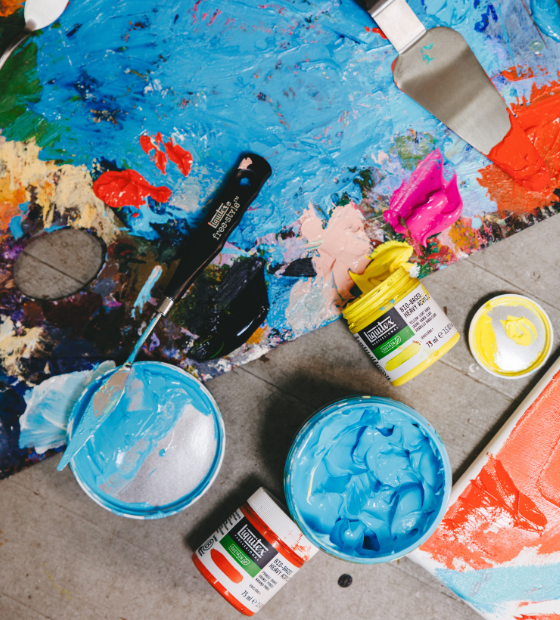
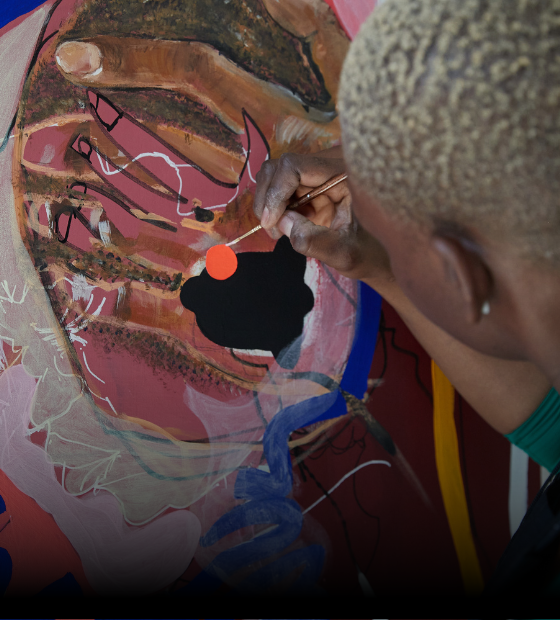
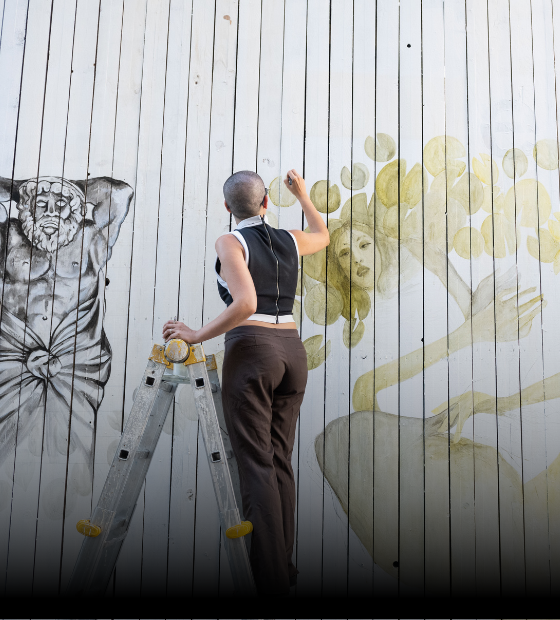
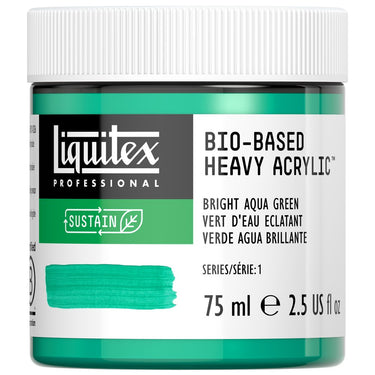
![LQX BIO-BASED HEAVY ACRYLIC BRIGHT AQUA GREEN [SWATCH]](http://www.liquitex.com/cdn/shop/files/135761_375x375_crop_center.jpg?v=1715908865)
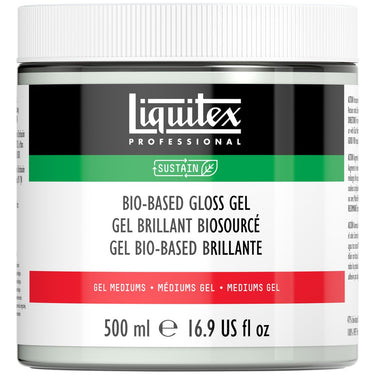
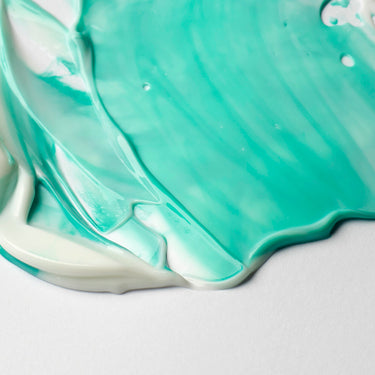
![LQX BIO-BASED HEAVY ACRYLIC 4X75ML MIXING SET [ANGLE 2] 887452060536](http://www.liquitex.com/cdn/shop/files/137634_375x375_crop_center.jpg?v=1718760461)
![LQX BIO-BASED HEAVY ACRYLIC 4X75ML MIXING SET [ANGLE 1] 887452060536](http://www.liquitex.com/cdn/shop/files/137633_375x375_crop_center.jpg?v=1718760461)
![LQX BIO-BASED HEAVY ACRYLIC 4X75ML EXPORE SET [ANGLE 2] 887452060543](http://www.liquitex.com/cdn/shop/files/137632_375x375_crop_center.jpg?v=1718760462)
![LQX BIO-BASED HEAVY ACRYLIC 4X75ML EXPORE SET [ANGLE 1] 887452060543](http://www.liquitex.com/cdn/shop/files/137631_375x375_crop_center.jpg?v=1718760462)
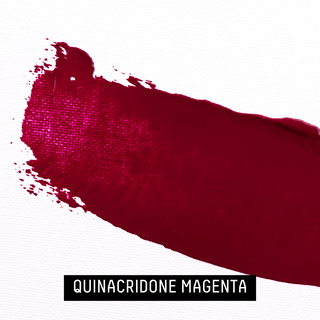
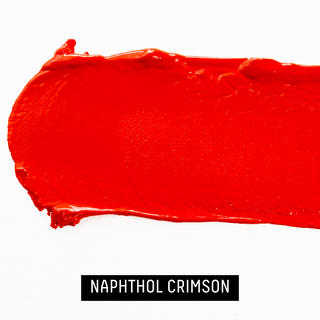
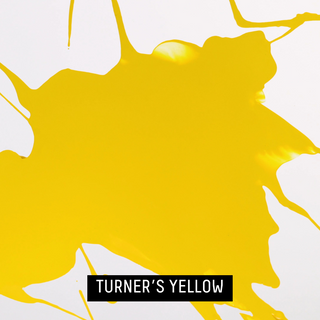
![LQX ACRYLIC MARKER SET 6X 2-4MM CLASSICS [CONTENTS] 887452001225](http://www.liquitex.com/cdn/shop/files/68762_375x375_crop_center.jpg?v=1707320720)
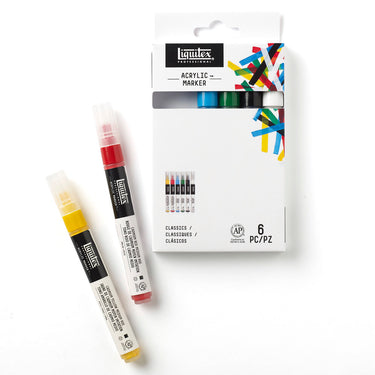
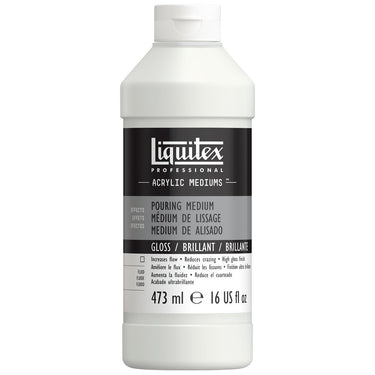
![LQX PRO MEDIUMS POURING MEDIUM [WEBSITE SWATCH]](http://www.liquitex.com/cdn/shop/files/72030_375x375_crop_center.jpg?v=1705607484)
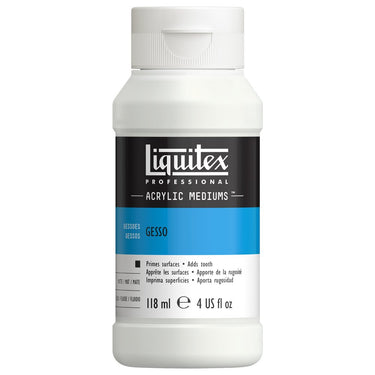
![LQX PRO MEDIUMS GESSO [WEBSITE SWATCH]](http://www.liquitex.com/cdn/shop/files/72009_375x375_crop_center.jpg?v=1693098231)
![LQX BASICS 6x118ML SET 887452059226 [SET WITH CONTENTS 2]](http://www.liquitex.com/cdn/shop/files/130398_375x375_crop_center.jpg?v=1707324060)
![LQX BASICS 6x118ML SET 887452059226 [FRONT]](http://www.liquitex.com/cdn/shop/files/130396_375x375_crop_center.jpg?v=1706797707)
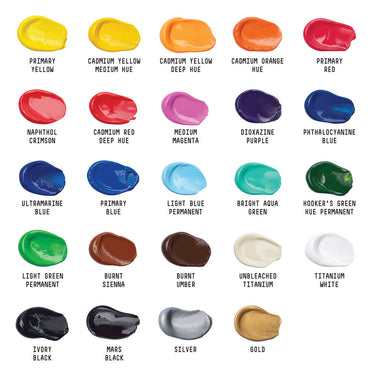
![LQX BASICS 24X22ML PAINT SET 887452028543 [FRONT]](http://www.liquitex.com/cdn/shop/files/80833_375x375_crop_center.jpg?v=1706780423)
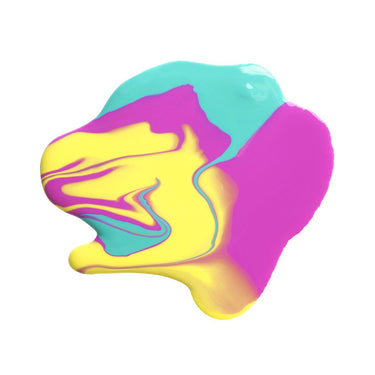
![LQX MATTE POURING MEDIUM SET [CONTENTS] 887452048695 [NA]](http://www.liquitex.com/cdn/shop/files/96237_375x375_crop_center.jpg?v=1693101616)